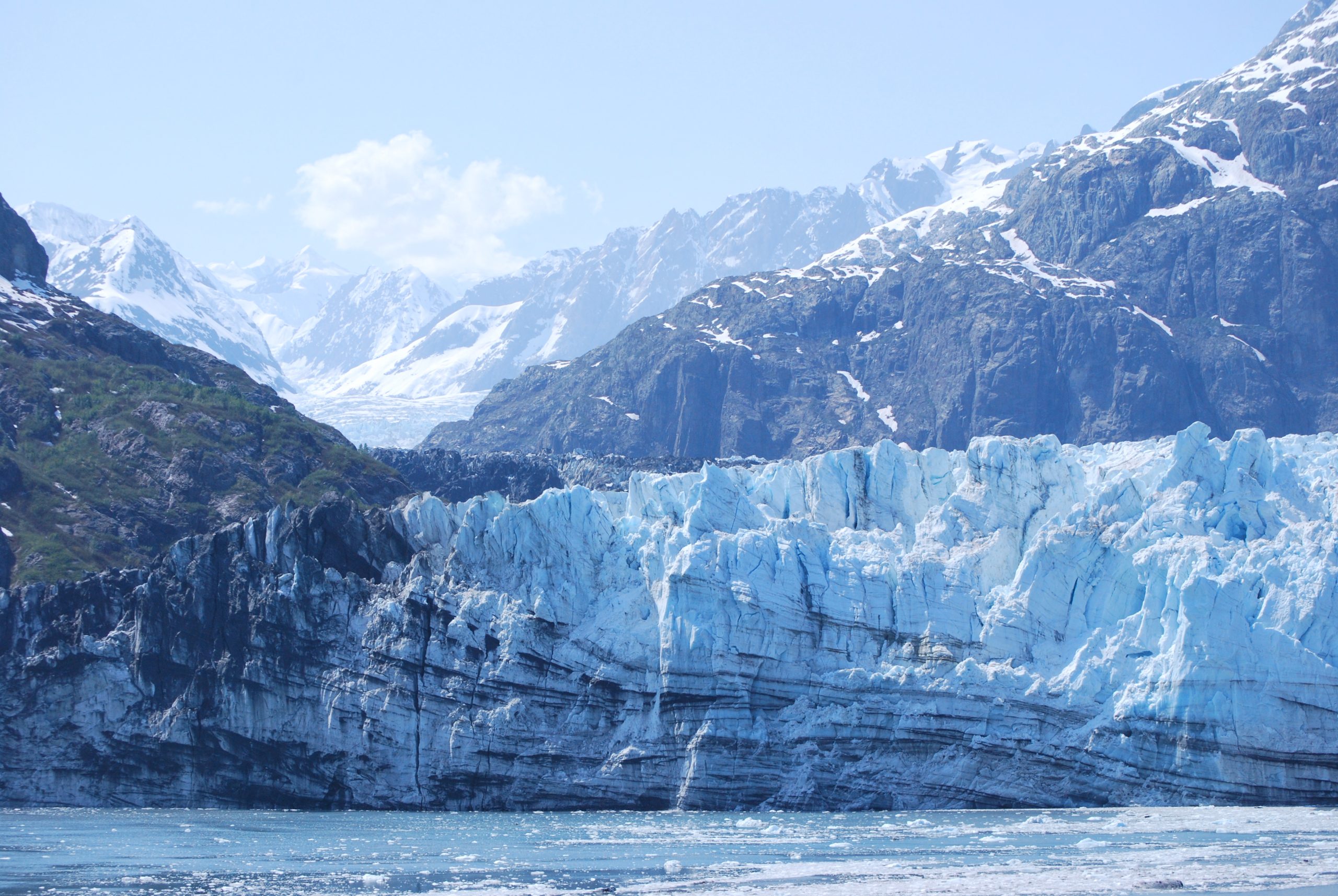
In describing Turbulence, I turn to a metaphor offered by Peter Vaill (2008), who suggests that we are living in a “white water” world. I have suggested that this white water world represents a turbulent system (Bergquist, 2019a). Furthermore, I have proposed that this white water system incorporates four subsystems that are exemplified by the properties of a turbulent stream: (1) rapid change (flowing segment of the stream), (2) cyclical change (the stream’s whirlpools), (3) stability/non-change (the “stagnant” segment of the stream), and (4) chaos (the segment of a stream existing between the other three segments). With regard to Contradiction, I have identified the frequent presence of contradictory constructions and interpretations of reality and the differing meaning assigning to the reality that is being constructed (Bergquist, 2019b). I suggest that we are living and leading in a world of Irony and must make decisions that are contingent and subject to frequent review and modification. Obviously, Turbulence and Contradiction are strongly influenced by and tightly interweave with all four of the VUCA challenges. I will use the term VUCA-Plus with this expansion on the description of a VUCA environment.
Having identified the fundamental nature of the four VUCA terms, while adding two additional terms, I turn in this first essay to the nature of organizational anxiety that is evoked in this VUCA-Plus environment. In a second essay, I consider ways in which 21st Century organizations – and especially the leaders of these organizations—contain this anxiety and transform it (via something called “metabolism”) so that the anxiety might be managed effectively (Bion, 1991; Bion, 1995). Finally, in a third essay, I identify several tools that can be used by these leaders in creating and maintaining these containers and transformational processes.
The Nature of Anxiety
VUCA-Plus produces anxiety at both the individual and collective level. It seems that anxiety is quite contagious. One anxious person in an organization (or any group) can readily spread this anxiety to everyone else in the organization. In some ways this contagion is quite adaptive. When human beings were living on the African savannah, they were among the weakest and slowest creatures to populate this often threat-filled environment. It seems that we humans survived (and ultimately thrived) by working collaboratively via language and strong family and clan bonding. We all wanted to know if something was threatening one or more members of our group so that we could act together to fight or flee from the source of the threat. Anxiety served this purpose.







